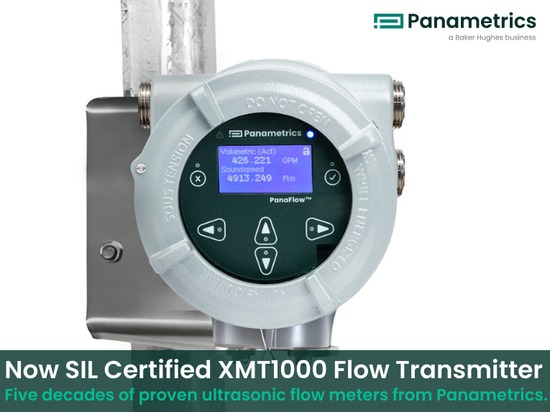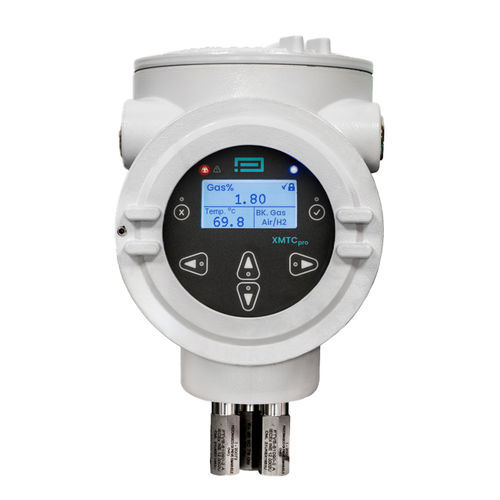
#Industry News
Hydrogen purity in hydrogen-cooled generators
The Panametrics XMTCpro thermal conductivity analyzer is perfect for this application.
Summary:
Hydrogen is used as the cooling medium in large electricity generators due to its high thermal conductivity and low viscosity. This prevents efficiency losses through increased drag or windage on the rotor in the generator. Accurate measurement of the hydrogen and other gases required for periodic purging is vital for the safety, efficiency and long term reliability of the generator.
Application:
The high rotational speed of the large diameter rotors generates heat; therefore, the rotor side of the generator set requires high rates of cooling and low drag for efficiency. Hydrogen is the favoured cooling method as it's low viscosity reduces windage or efficiency losses, and it's high thermal conductivity enables fast dissipation of heat. The hydrogen is pumped from the generator into a closed drier and cooling system before re-entry into the generator.
Contamination with air must be avoided to mitigate the potential for explosion, to prevent early failure of the mechanical components, and to reduce inefficiency. A reduction in hydrogen purity from 97% to 95% can lead to windage losses increasing by 32% for example.
The removal of oxygen also reduces the potential damage on the winding insulation by corona discharges.
Challenge:
The challenge therefore, for the customer, is to ensure that their closed loop hydrogen system has an accurate and reliable measurement of hydrogen purity so that the safety and efficiency of the generator set is maintained. While customers will typically measure hydrogen leaks to the atmosphere external of the generator with ambient monitors, the primary measurement is on the purity within the closed loop system.
During regular maintenance intervals there is also a requirement to enter the generator housing and vent to atmosphere. To avoid the potential for explosion of mixing hydrogen with air, a scavenging system is used to first displace the hydrogen with an inert gas such as CO2. When the measurement confirms that the hydrogen has been displaced the CO2 is then in turn displaced with air to allow maintenance. Once again, only when confirmed by an accurate measurement that air is present, maintenance can be safely carried out.
Solution:
The Panametrics XMTCpro thermal conductivity analyzer is perfect for this application. This solution has the added advantage of being able to measure the two other gas ranges during start-up purging and shut-down scavenging. During startup, the Panametrics XMTCpro will be set to measure air in CO2. When the analyzer confirms a full CO2 atmosphere the hydrogen is then introduced and the XMTCpro is set to measure H2 in CO2. When full displacement has been achieved then the analyzer will be set to an air in hydrogen measurement.
For shut-down, the process is reversed and the XMTCpro analyzer will again measure and confirm the scavenging of the relevant gases.
Benefits:
- The Panametrics a Baker Hughes business, solution offers a highly robust analyzer capable of measuring all ranges required. High reliability is driven by the Panametrics analyzers having no moving parts and proven industry references.
- Turnkey solution with full sampling handling capabilities
- Simple field calibration
Application specifications:
- 80% - 100% H2 in air for regular operation
- 0% - 100% air in CO2 for purging/scavenging
- 0% - 100% CO2 in H2 for purging/scavenging





